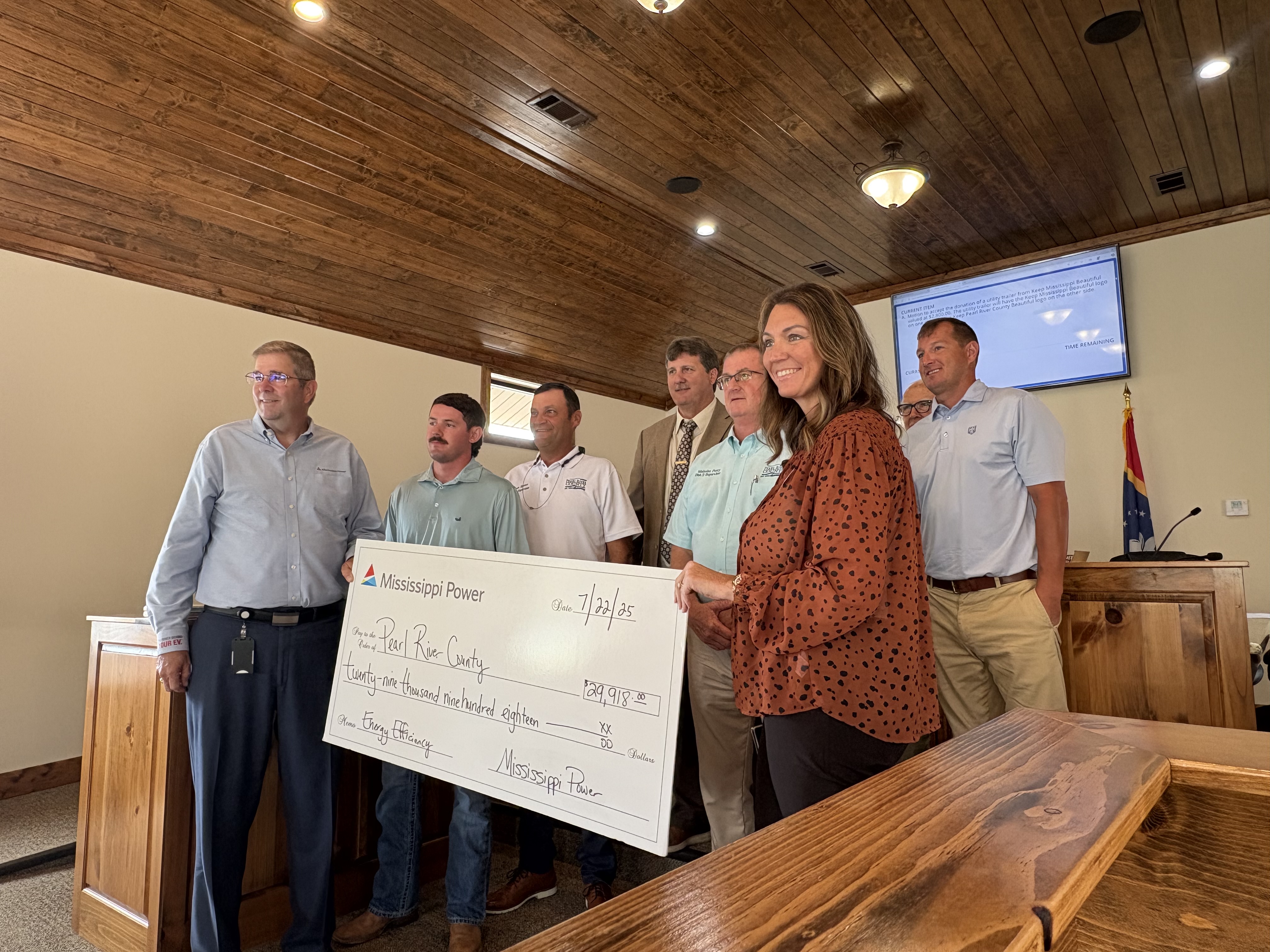Neighbors complain about subdivision sewer system’s odor
Published 10:35 pm Saturday, October 27, 2007
A relatively new subdivision development on Moeller Road has caused quite a stink for a family living across the street from the subdivision’s sewage treatment lagoon.
Christy Smith, who lives across the street from the lagoon with her husband and two children, noticed a new odor emanating from the Round Rock subdivision in August, the smell of sewage.
Numerous phone calls to various agencies have not provided relief. Smith said she called the Pearl River County Utility Authority, but the subdivision was built before the adoption and implementation of the Utility Authority’s rules and regulations.
Trending
“Had the Utility Authority been in place like it is now, Stuart Company would have given (the sewer system) over to the Utility Authority,” Planning and Development Director Harold Holmes said.
Holmes said the subdivision was built under Mississippi Department of Environmental Quality and Health Department standards.
Since the smell became noticeable in August it has not ceased, Christy Smith said.
When Smith attempted to contact the Utility Authority she was referred to Dungan Engineering, who in turn referred her to Stuart Co., who in turn referred her to developer Paul Reese.
Reese said the subdivision’s sewer treatment system is still relatively new and recently became operational to the capacity that another component of the system can be installed, aerators.
“We are aware of the problem and we are working on it,” Reese said.
Trending
The engineer who designed and built the system, Jacob Smith with O’Neal Bond Engineers, said installation of the aerators is not an effort to fix anything wrong with the system, that installation will complete the system. Installation of the aerators was waiting for the lagoon to fill to capacity so the aerators could float on top of the lagoon, Jacob Smith said.
The aerators work as part of the treatment process by introducing oxygen into the lagoon so the bacteria in the lagoon gets the oxygen it needs to grow and break down organic matter in the waste water, said MDEQ Branch Chief of Municipal and Private Facilities Rusty Lyons in an e-mail.
Those aerators can not be installed until the lagoon is full because they need to be able to take in only water. If there is too little water in the lagoon, then the aerators will suck in mud, and not function properly, said MDEQ Public Information Coordinator Brad Mayo. Mayo was unable to provide a name for the system the subdivision uses, but did state that any number of systems could be used as long as they meet the department’s requirements.
Jacob Smith said he is aware that Christy Smith has made a couple of complaints about the odor, but DEQ has made no recommendations to do anything different since the system is in compliance. Christy’s husband, Eddie Smith, is concerned he was unable to locate DEQ and Environmental Protection Agency test results from an investigation performed on the lagoon after their complaint. If tests were conducted then those results should be made public, Eddie Smith said.
In spite of those agencies telling the family the system is working fine, the wind bringing that smell from the lagoon is more than the couple would like to bear.
“It’s not supposed to smell like it smells,” Eddie Smith said. “I kind of thought we lived in something a little better than a third world country where we have to smell other people’s sewage.”
Lyons said installation of the aerators should help reduce any smell the Smith’s have been enduring. Those aerators have recently been purchased and should be installed soon, Reese said. He could not provide an exact installation date.
If, for some reason the smell does continue after installation of the aerators, then chemicals could be added to the lagoon to try to reduce the problem. However Lyons is confident that the installation of the aerators should reduce the odor.





